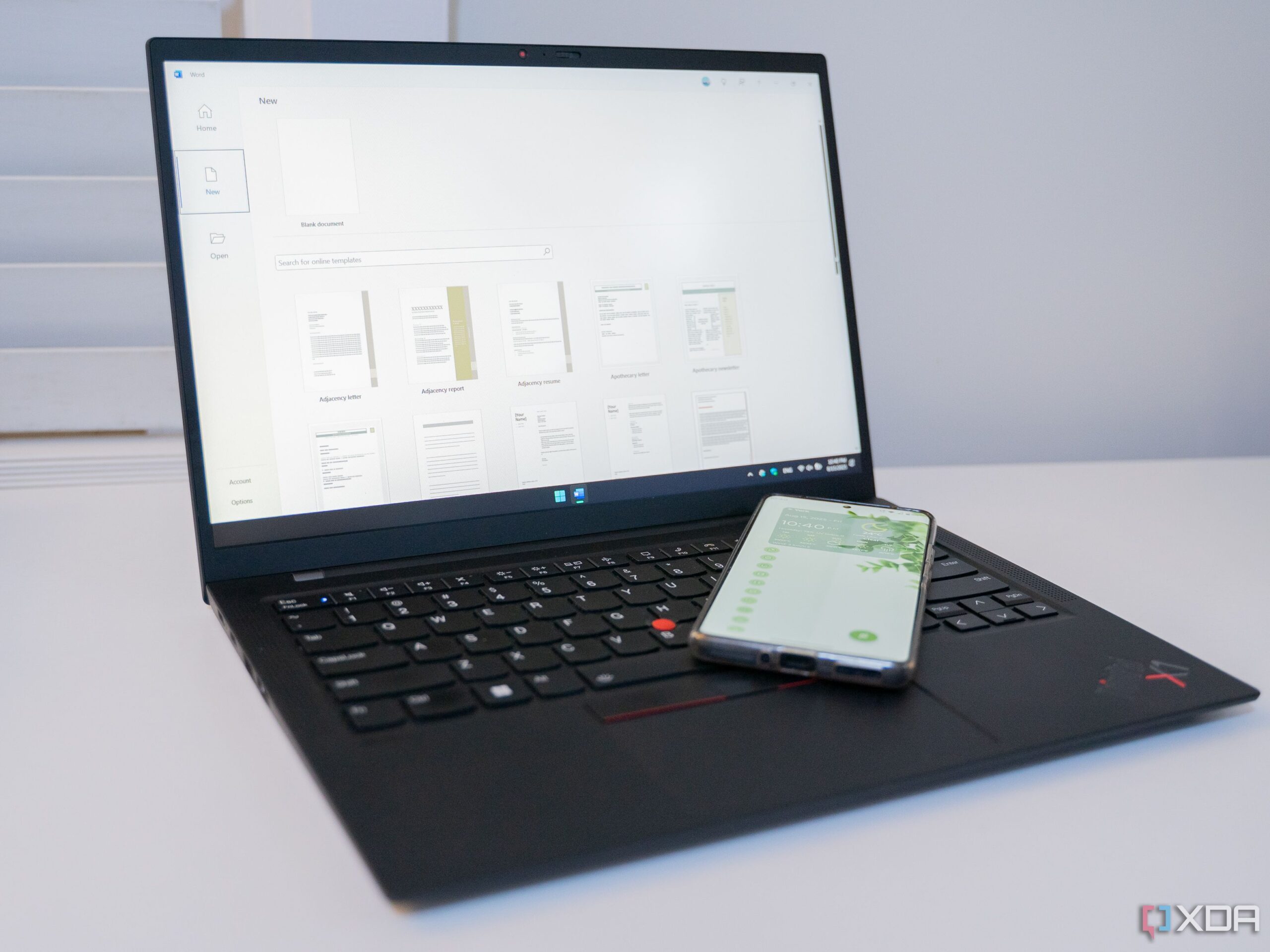BREAKING NEWS: A growing number of digital users are abandoning dark mode in favor of light mode, sparking a debate on the efficacy of these display settings. Recent anecdotal evidence suggests that many find light mode more visually appealing and easier to read, especially on desktop apps.
As of now, reports show a significant trend shift among users who have long relied on dark mode for comfort and reduced eye strain. The change appears driven by a desire for brighter, more vibrant displays that enhance reading experiences. Specifically, users claim to enjoy the “poppier colors” associated with light mode applications.
Compounding this phenomenon is the complexity behind implementing dark mode. Developers of popular platforms like YouTube and Microsoft Teams face substantial challenges in creating effective dark mode settings. This process requires comprehensive UI redesigns, which can lead to inconsistencies that may actually reduce readability.
Recent studies provide insight into the ongoing debate. A study published in the National Library of Medicine involving 30 participants found that dark mode might reduce eye fatigue compared to light mode, but definitive benefits are still inconclusive. Further complicating perceptions, research from Østfold University College in Norway indicates that dark mode is more effective in bright environments, contradicting the notion that it solely aids users in dim settings.
Despite these findings, many users still champion dark mode, with a survey of students in Nepal revealing that 79 percent strongly agreed that it lessened eye strain. However, light mode consistently outperformed dark mode in various readability tests, according to the Nielsen Norman Group, particularly under simulated nighttime conditions.
The question of whether dark mode aids sleep remains contentious. While it’s believed to reduce blue light exposure, studies show mixed results regarding its impact on sleep quality. Some researchers advocate avoiding screens entirely before bed as the most effective solution.
In light of these developments, users are encouraged to consider their personal preferences and circumstances. Factors such as screen brightness, ambient lighting, and display quality all play critical roles in determining eye strain. As the discussion unfolds, many individuals are opting for light mode across productivity applications like Google Docs, prioritizing readability over perceived eye comfort.
As users continue to navigate their preferences, it’s clear that the conversation around dark and light modes is far from settled. The trend toward light mode may just be the beginning of a larger shift as more individuals weigh the benefits and drawbacks of each setting.
Stay tuned as we monitor the ongoing dialogue and user experiences surrounding this evolving topic. What will your next display setting choice be?
